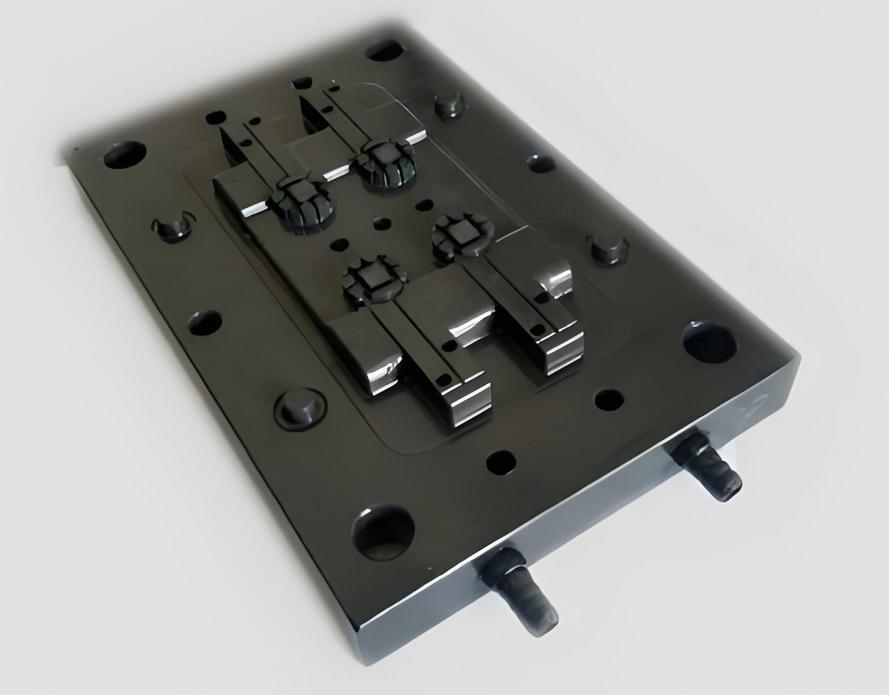
In the highly competitive market environment, enhancing product durability and environmental adaptability is a key factor for businesses to gain a competitive edge. Physical Vapor Deposition (PVD) coating technology, as an advanced surface treatment method, can significantly improve product durability and environmental adaptability. This article will provide an in-depth explanation of PVD coating methods and their application in enhancing product durability and environmental adaptability.
I. Introduction to PVD Coating Technology
PVD coating technology is a surface treatment method that involves heating a target material (usually metal or alloy) to a high temperature within a vacuum chamber, causing it to evaporate or sputter, and then forming a uniform and dense film on the surface of the substrate. PVD coatings are known for their excellent adhesion, wear resistance, corrosion resistance, and high-temperature resistance, and are widely applied in various fields.
II. Application of PVD Coating Technology in Enhancing Product Durability
1. Wear Resistance: PVD coatings have high hardness and wear resistance, effectively resisting wear and scratches, thereby increasing product durability.
2. Corrosion Resistance: PVD coatings exhibit good chemical stability and corrosion resistance, effectively resisting the impact of various corrosive media, and extending the service life of products.
3. High-Temperature Resistance: PVD coatings have high resistance to high temperatures and can maintain stable performance in high-temperature environments, making them suitable for applications with severe high-temperature wear and corrosion.
4. Oxidation Resistance: PVD coatings have good oxidation resistance, preventing the oxidation of the substrate material in high-temperature or oxidizing environments, and enhancing product durability.
III. Application of PVD Coating Technology in Enhancing Product Environmental Adaptability
1. Wide Application Fields: PVD coating technology can be applied to a variety of materials, such as metals, ceramics, plastics, etc., making it suitable for a wide range of industries and applications.
2. Good Biocompatibility: PVD coatings have good biocompatibility and can be applied in the medical field, such as artificial joints and medical devices, effectively reducing the immune response caused by implants and improving the success rate of surgeries.
3. Excellent Environmental Resistance: PVD coatings have excellent resistance to harsh environmental conditions, such as extreme temperatures, humidity, and pollution, maintaining stable performance and enhancing product environmental adaptability.
IV. Future Developments of PVD Coating Technology
With the continuous advancement of technology and the increasingly strict environmental requirements, the application of PVD coating technology in enhancing product durability and environmental adaptability will expand further in the future. Future trends include:
1. Material Innovation: Developing new PVD coating materials to meet the demands of different fields and applications.
2. Process Optimization: Optimizing PVD coating processes to improve the quality and performance of coatings.
3. Intelligence: Utilizing intelligent technology and equipment to achieve automation and intelligence in PVD coating processes.
4. Environmental Friendliness: Further reducing energy consumption and pollution in PVD coating processes to achieve green and environmentally friendly production.
In conclusion, PVD coating technology is an advanced surface treatment method that effectively enhances product durability and environmental adaptability. Through continuous research and innovation, PVD coating technology will play an even greater role in the future, contributing to the development of society and improving the quality of human life.





 Customer service 1
Customer service 1  Customer service 2
Customer service 2